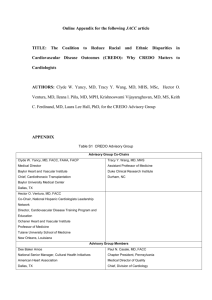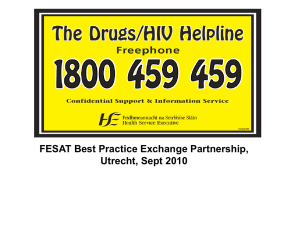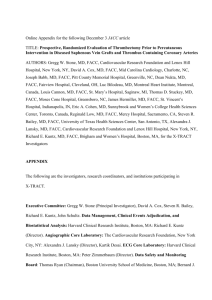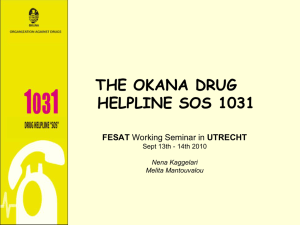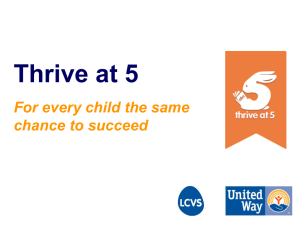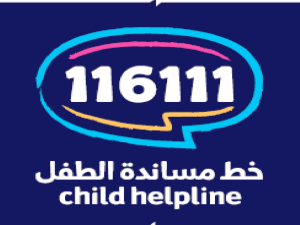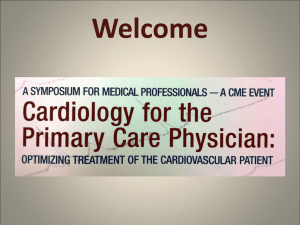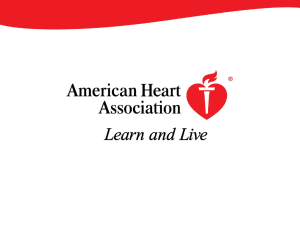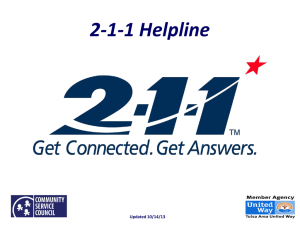presentation slides - National Forum for Heart Disease
advertisement
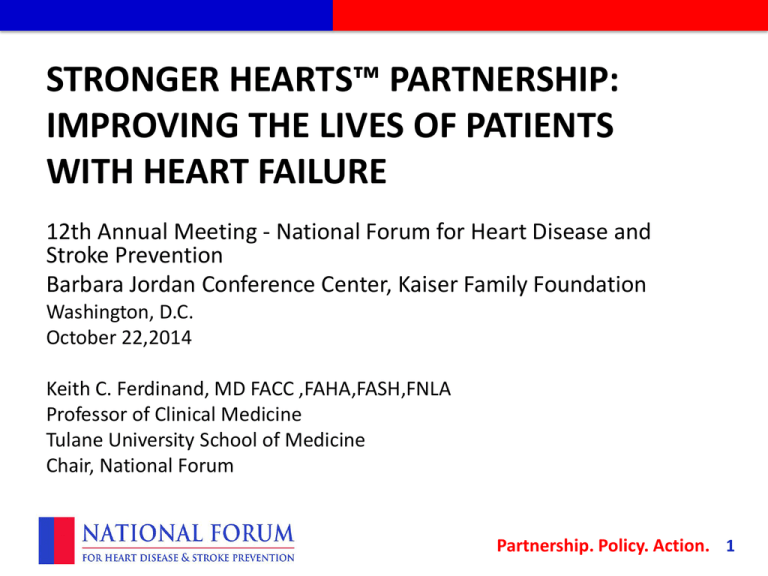
STRONGER HEARTS™ PARTNERSHIP: IMPROVING THE LIVES OF PATIENTS WITH HEART FAILURE 12th Annual Meeting - National Forum for Heart Disease and Stroke Prevention Barbara Jordan Conference Center, Kaiser Family Foundation Washington, D.C. October 22,2014 Keith C. Ferdinand, MD FACC ,FAHA,FASH,FNLA Professor of Clinical Medicine Tulane University School of Medicine Chair, National Forum Partnership. Policy. Action. 1 Definition of Heart Failure • A complex clinical syndrome that can result from any structural or functional cardiac disorder that impairs the ability of the ventricle to fill with or eject blood1 • Cardinal manifestations of HF are dyspnea and fatigue, which may limit exercise tolerance and fluid retention, which may lead to pulmonary congestion and peripheral edema1 Normal heart2 Hypertrophied heart (diastolic HF)2 Dilated heart (systolic HF)2 1. Hunt SA et al. Circulation. 2005;112:e154-e235. 2. Jessup M et al. N Engl J Med. 2003;348:2007-2018. Partnership. Policy. Action. 2 Alignment with The Public Health Action Plan to Prevent Heart Disease and Stroke: Ten-Year Update • The 2014 Action Plan identified a need for action in the area of heart failure (HF): High prevalence and mortality Deaths in 2009 from HF totaled 56,410 5.1 million Americans currently live with the disease Disparities: Higher prevalence among black males and females HF prevalence believed to be steadily increasing and estimated to reach over 8 million Americans by 2030 High cost burden HF total cost burden projected to increase to $70 billion in 2030, a 120% increase from 2012 Projected cost of HF treatment would exceed $160 billion in direct costs when including the total costs of all cardiac care for HF patients Labarthe D, Grover B, Galloway J, Gordon L, Moffatt S, Pearson T, Schoeberl M, Sidney S. The Public Health Action Plan to Prevent Heart Disease and Stroke: Ten-Year Update. Washington, DC: National Forum for Heart Disease and Stroke Prevention; 2014 Partnership. Policy. Action. 3 Etiology of Heart Failure Hypertension LVH Coronary Artery Disease Heart Failure More common cause of HF cases in blacks LVH = left ventricular hypertrophy MI More common cause of HF cases in whites HF = heart failure MI = myocardial infarction Adapted from Yancy CW. J Card Fail. 2003;9:S210-S215. Partnership. Policy. Action. 4 Long-term Antihypertensive Therapy Significantly Reduces CV Events Average reduction in events (%) 0 Stroke Myocardial infarction Heart failure -10 -20 20%-25% -30 -40 35%-40% -50 n=201,566 >50% -60 Blood Pressure Lowering Treatment Trialists’ Collaboration. Lancet. 2000;355:1955-1964. Partnership. Policy. Action. 5 Target-Organ Damage Due to High Intake of Sodium Chloride. Kotchen TA et al. N Engl J Med. 2013;368:1229-1237. Partnership. Policy. Action. 6 Projected HF: Race/Ethnicity 2012-2030 Heidenreich PA et al. Circ Heart Fail. 2013;6:606-619. Partnership. Policy. Action. 7 Eliminating Disparities Social Determinants of Health • The circumstances in which people are born, grow up, live, work, and age, as well as the systems put in place to deal with illness • These circumstances in-turn shaped by a wider set of forces: economics, social policies, and politics www.cdc.gov/socialdeterminants Partnership. Policy. Action. 8 Review of initiative goals • The initiative began in Fall 2013 and is supported by an unrestricted sponsorship from Novartis • The goals of this 2-3 year initiative are to: – Engage the right collaborators to carry out a set of high probability strategies to improve outcomes for people with heart failure – Measure the outcomes and report on successes to encourage their widespread adoption Partnership. Policy. Action. 9 Steering Committee Inder Anand, MD, FACC, FRCP, DPhil Jerry Penso, MD, MBA VA Medical System American Medical Group Association Javed Butler, MD, MPH Sara Paul, DNP, FNP, FAHA Emory University Catawba Valley Cardiology Marjory Cannon, MD Ileana Piña, MD, MPH Centers for Medicare and Medicaid Services Albert Einstein College of Medicine Keith C. Ferdinand, MD, FACC, FAHA, FASH Gary Puckrein, PhD Tulane University School of Medicine National Minority Quality Forum Gregg Fonarow, MD, FACC, FAHA Rhodes Rigsby, MD, MBA UCLA Division of Cardiology Loma Linda University Medical Center Laura Gordon Joanna Sikkema, DNP, ANP-BC, FAHA Edelman University of North Dakota David Kountz, MD, MBA, FACP Frank Smart, MD, FACC, FACP Jersey Shore Medical Center LSU Health Sciences Center Steven Manoukian, MD, FACC, FSCAI Paul Underwood, MD, FACC, FACP Hospital Corporation of America, Inc. Boston Scientific Corporation David Nilasena, MD, MSPH, MS Clyde Yancy, MD, FACC, FAHA, MACP Centers for Medicare & Medicaid Services, Region IV Northwestern University Feinberg School of Medicine Partnership. Policy. Action. 10 Tactic: Stronger Hearts™ Helpline pilot program During Phase 1 of the project, Steering Committee worked to identify a high probability tactic to address the burden of heart failure at a community level: • Vision: to provide the model for a scalable community-based tool to help strengthen awareness around heart failure, heighten patients’ sense of empowerment over their disease and enhance their ability to follow the treatment plan that their provider has laid out for them – The Stronger Hearts™ Helpline will draw upon existing resources both nationally and in the community, including the 2-1-1 call center infrastructure Phase 2 of the project will focus on implementation of the helpline, measurement and preparation for publication Partnership. Policy. Action. 11 Pilot site: San Bernardino, CA Community snapshot: – Largest county in contiguous US – Highly diverse area: • Both rural and urban areas • Total population: 2.088 million • “Majority minority” population: 49.9% Latino, 7.8% African American – High rates of cardiovascular disease – Rising rates of high blood pressure – Disproportionate rates of hospitalization connected with CV Partnership. Policy. Action. 12 Stronger Hearts™ Helpline pilot program Partnership. Policy. Action. 13 Background on San Bernardino 2-1-1 system History of nationwide 2-1-1 • The FCC established 2-1-1 permanently as a national network of health and human service referral lines in 1997 San Bernardino 2-1-1 infrastructure highlights • Launched in 2006, fielded over 69,000 calls in 2013 • Accredited by Alliance of Information and Referral Systems • Experience serving as helpline for the Dept. of Behavioral Health (6+ years) • Sophisticated call logging, messaging and recording capabilities • Recognized as a trusted community resource, including by Hispanic, African American and the elderly communities which face the highest HF disparities Partnership. Policy. Action. 14 Launch plans Stronger Hearts™ Helpline launch events targeted for December 2014 National Forum invites members who are interested in joining the publication efforts related to the Stronger Hearts™ Helpline to contact Inside Edge Consulting. Areas needed: • Science writers • Experienced authors National Forum is actively recruiting San Bernardino area hospitals, health groups, and other important stakeholders to join in participating in the Stronger Hearts™ Helpline ---- please see our Executive Director if you would like to become involved in: • Representation of resources in the helpline • Participation in awareness building Partnership. Policy. Action. 15 Cholesterol awareness initiative • Supported by an unrestricted grant from Sanofi / Regeneron • Recruitment of Blue Ribbon Steering Committee to develop strategic framework • Dissemination of strategies and interventions • Collection, analysis, and report of results • Endeavor to connect and prioritize with the Million Hearts™ campaign Partnership. Policy. Action. 16 THANK YOU Partnership. Policy. Action. 17
